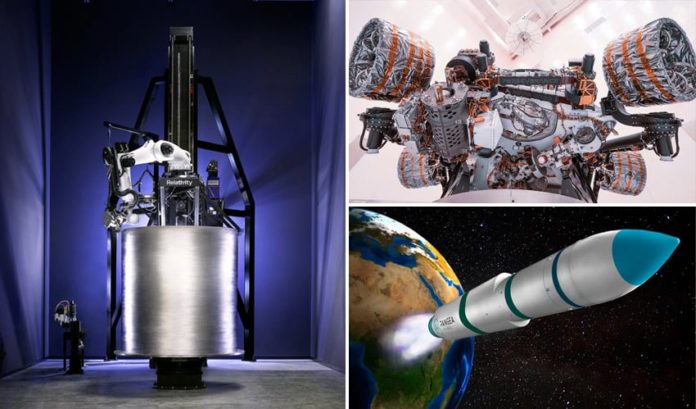3D printing has revolutionized the way we conceive, design, and manufacture objects, bringing a new dimension to creativity and innovation. In this article, we’ll delve into the perplexity and burstiness of 3D printing technology, understanding the intricate process behind turning digital designs into tangible, customized creations.
The Foundations: Understanding 3D Printing Principles
The perplexity of 3D printing begins with grasping its foundational principles. This involves comprehending how additive manufacturing builds objects layer by layer from digital models. The burstiness emerges as designers and engineers experiment with diverse printing materials, each with its unique properties and applications.
Layer by Layer Magic
The burstiness in layer-by-layer printing involves orchestrating the additive process to create intricate designs. This perplexity requires a deep understanding of the interplay between material extrusion, laser sintering, or stereolithography—techniques that define how each layer contributes to the final form. The burstiness arises as innovators push the boundaries of layer resolution and speed.
Materials Matter: Bursting with Possibilities
The burstiness in 3D printing extends to the vast array of materials available. This perplexity involves choosing materials ranging from plastics and metals to ceramics and biomaterials, each suited for specific applications. The burstiness arises as material scientists develop new composites, expanding the capabilities of 3D printing across industries.
Bioprinting Wonders
The burstiness in materials reaches its zenith with bioprinting. This perplexity involves printing living tissues and organs, pushing the boundaries of medical innovation. The burstiness arises as researchers experiment with bio-inks and cell cultures, paving the way for personalized medicine and groundbreaking advancements in healthcare.
Designing in a Digital Realm: Bursting with Creativity
The burstiness of 3D printing is amplified in the digital design phase. This perplexity involves using Computer-Aided Design (CAD) software to create intricate 3D models. The burstiness arises as designers explore complex geometries and structures that were once unimaginable, from lattices optimizing material use to organic shapes inspired by nature.
Generative Design Revolution
The burstiness in digital design is exemplified by generative design. This perplexity involves using algorithms to iteratively generate and optimize designs based on specified parameters. The burstiness arises as generative design algorithms produce innovative solutions, challenging traditional notions of what is aesthetically pleasing or structurally sound.
Printing Across Industries: A Burst of Applications
The perplexity of 3D printing applications spans industries, from aerospace to healthcare. This involves adapting the technology to diverse needs, addressing challenges unique to each sector. The burstiness arises as engineers and professionals find ingenious ways to leverage 3D printing for prototyping, manufacturing, and even in-the-field repairs.
Automotive Innovations
The burstiness in automotive applications involves printing lightweight, complex components that enhance fuel efficiency and performance. This perplexity requires a fusion of materials science and engineering expertise. The burstiness arises as automotive designers explore the possibilities of 3D printing in creating customized, intricate parts.
Challenges and Future Frontiers: Perplexities Ahead
As we explore the art of 3D printing, it’s crucial to acknowledge the perplexities and burstiness that lie ahead. This involves addressing challenges such as scalability, material sustainability, and ensuring regulatory frameworks keep pace with technological advancements. The burstiness arises as innovators envision a future where 3D printing transforms industries, redefines manufacturing processes, and democratizes creativity on a global scale.
Sustainability in 3D Printing
The burstiness in sustainability involves developing eco-friendly materials and recycling methods for 3D printing. This perplexity requires a holistic approach, from reducing material waste during printing to exploring bio-based and recyclable materials. The burstiness arises as the industry shifts towards a more sustainable and environmentally conscious future.
In conclusion, the art of 3D printing encapsulates a world of perplexity and burstiness, where innovation knows no bounds. As technology continues to evolve, so too will the possibilities of 3D printing, opening new frontiers of customization, efficiency, and creativity.












